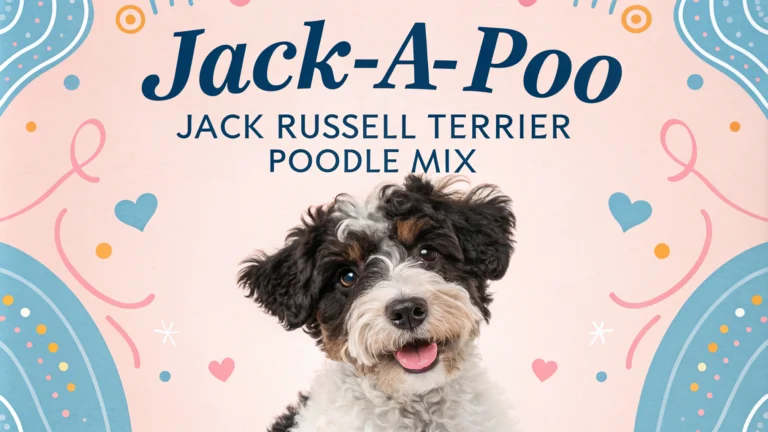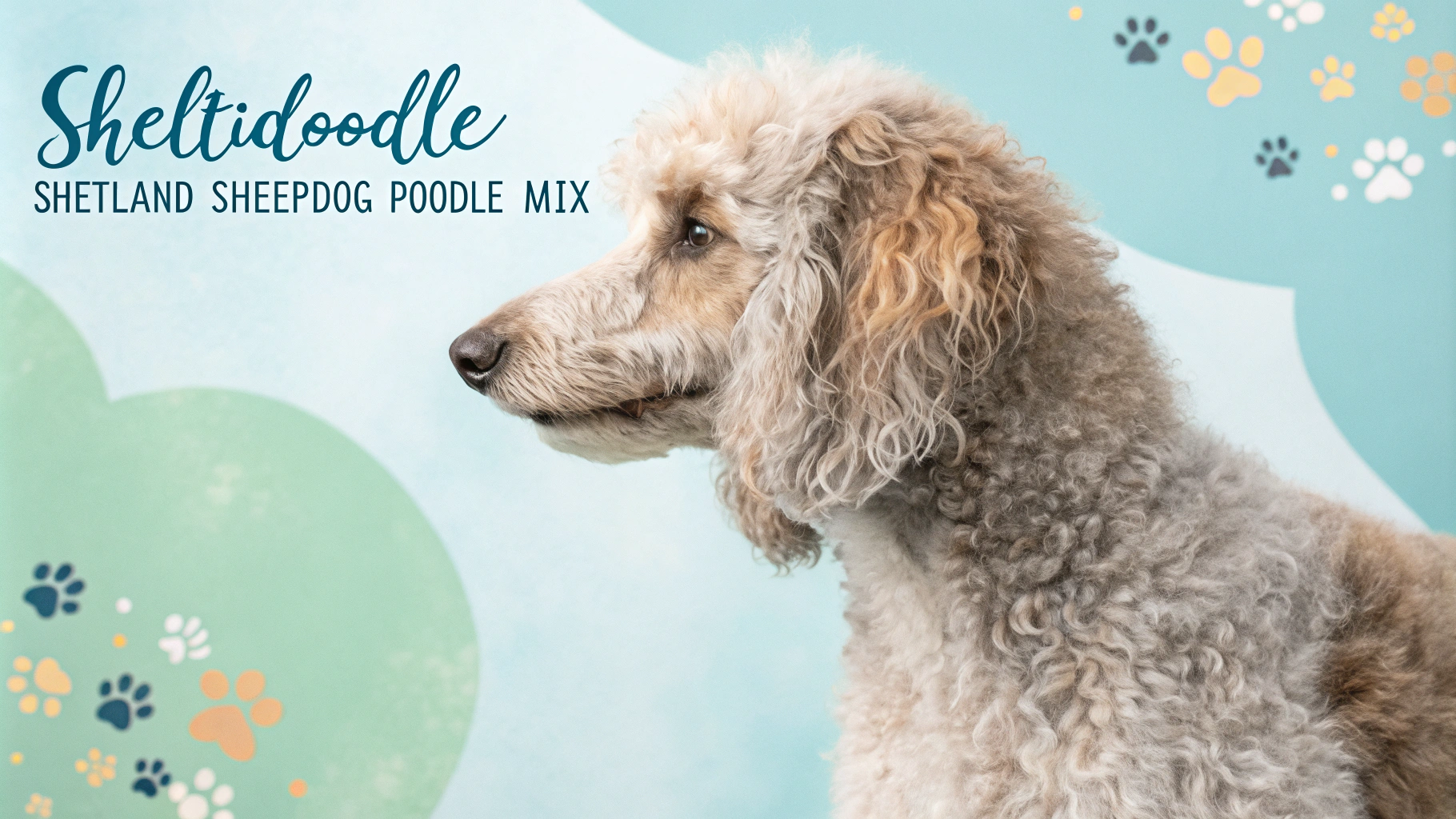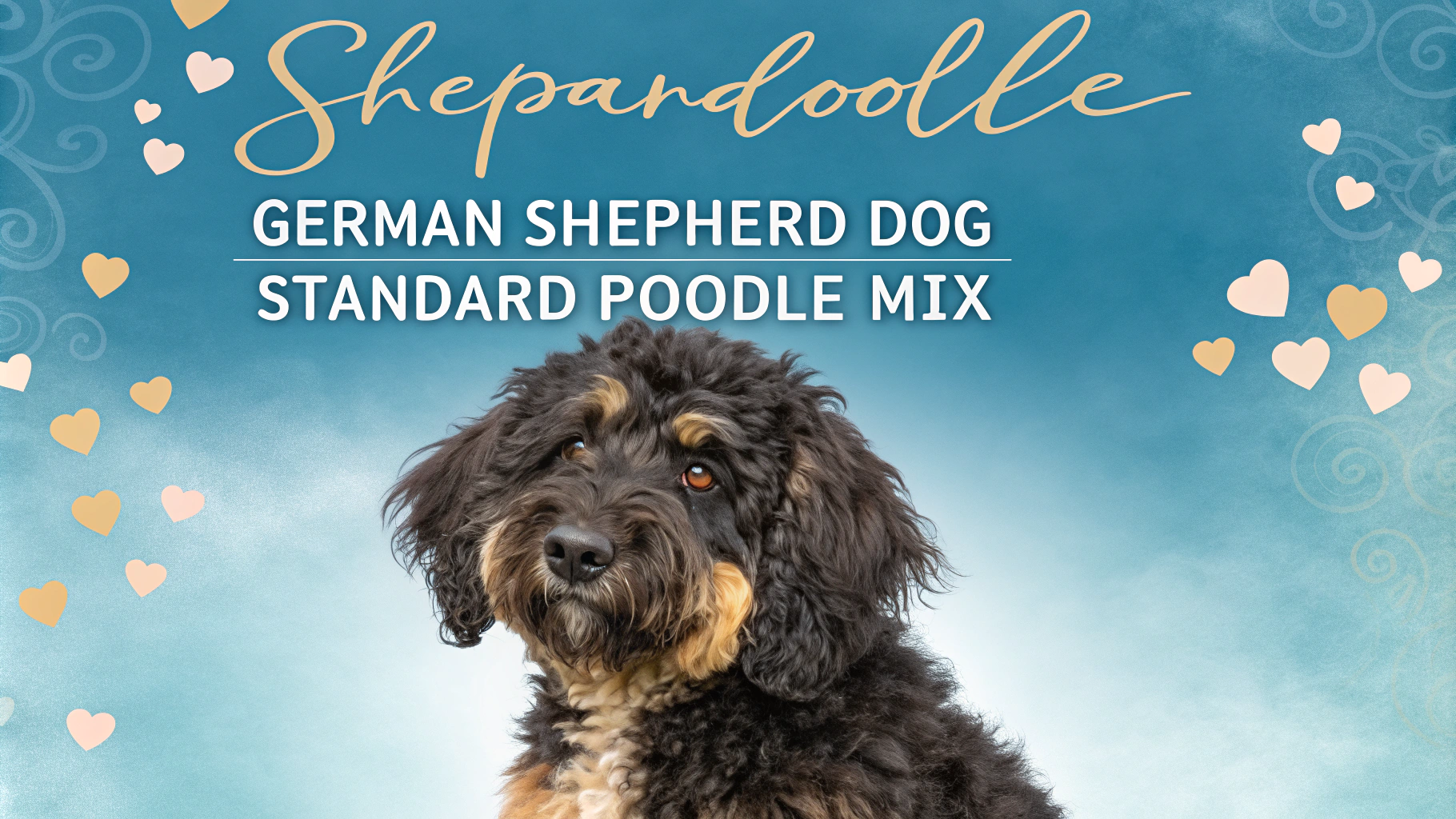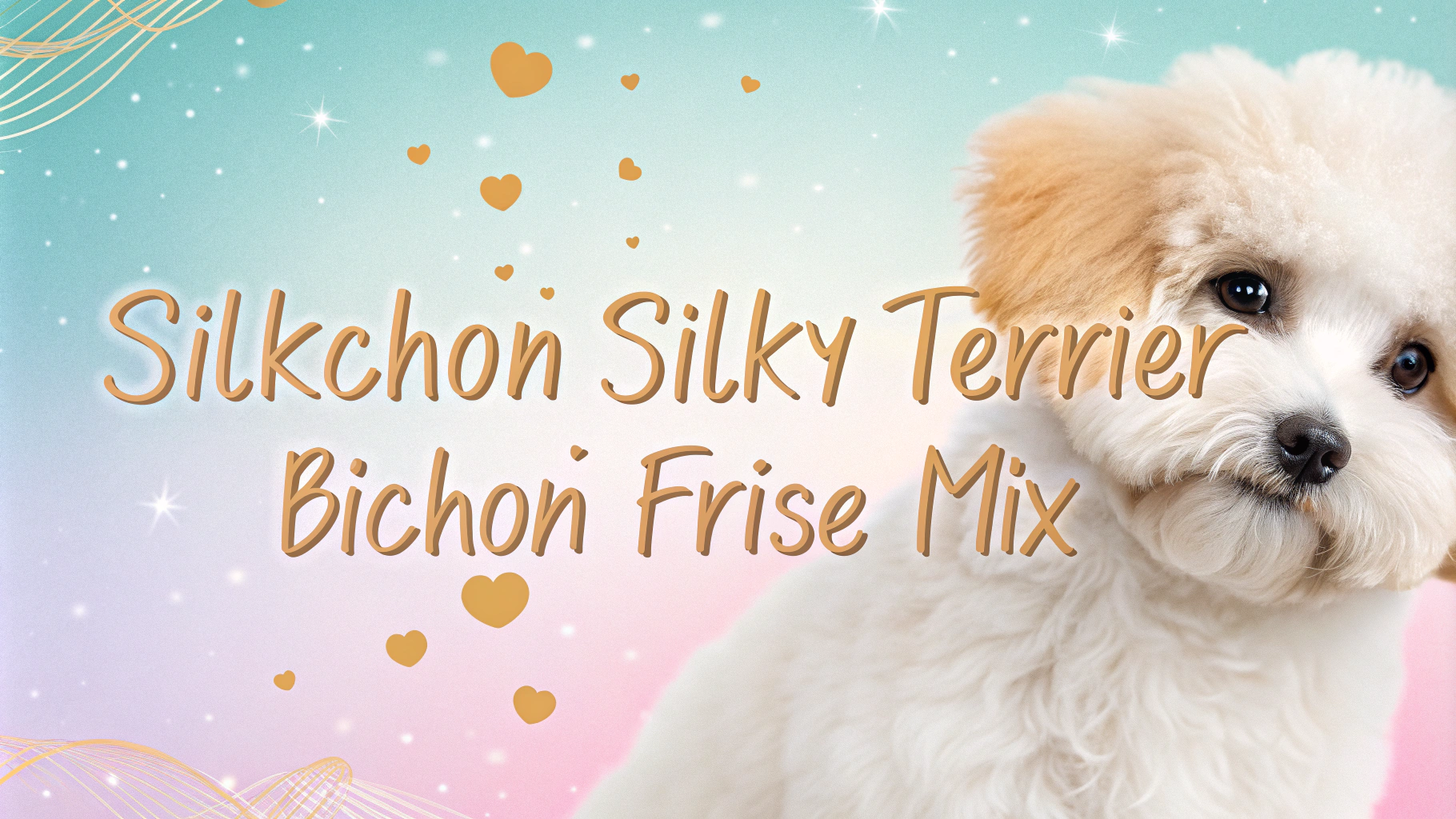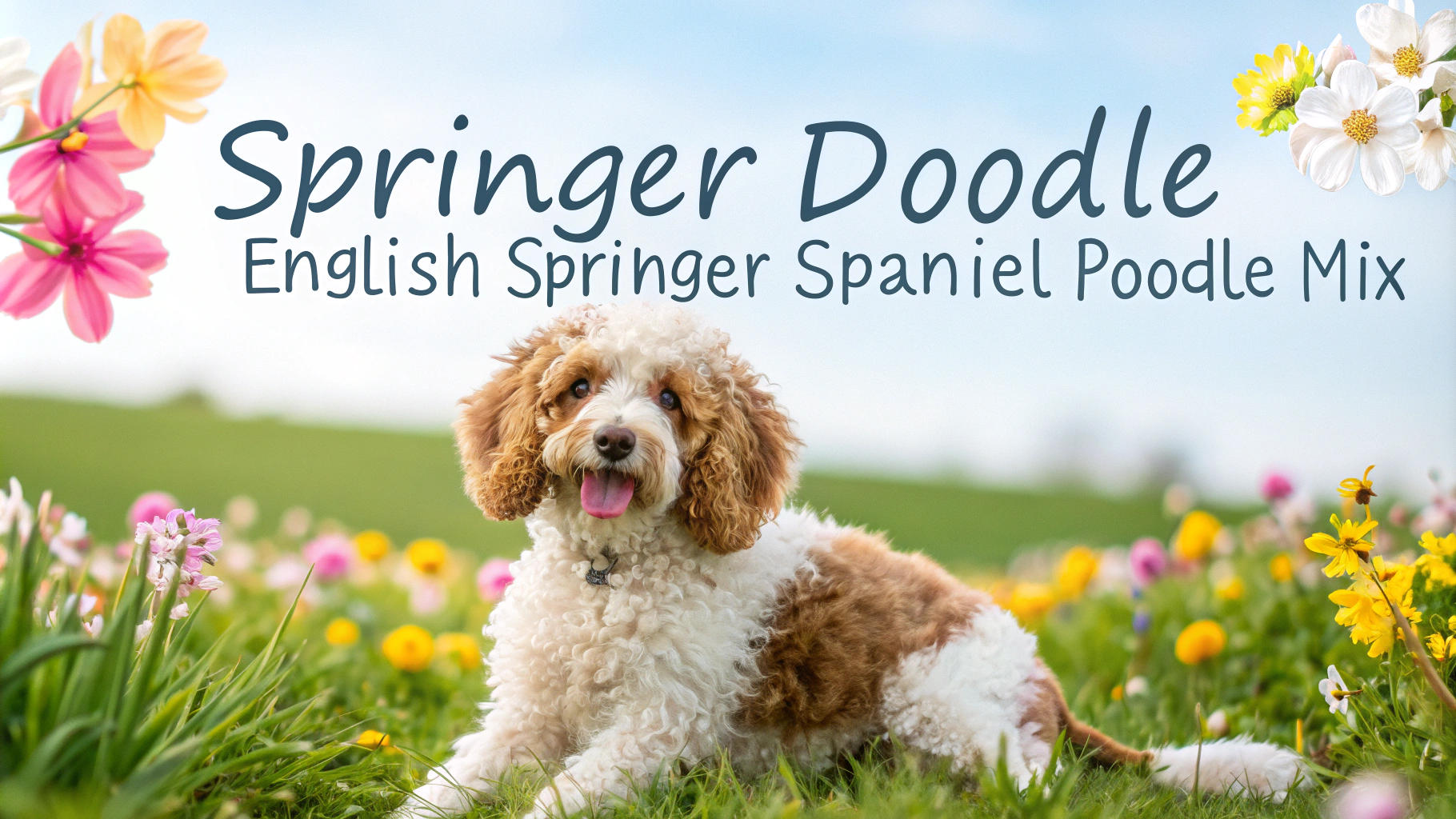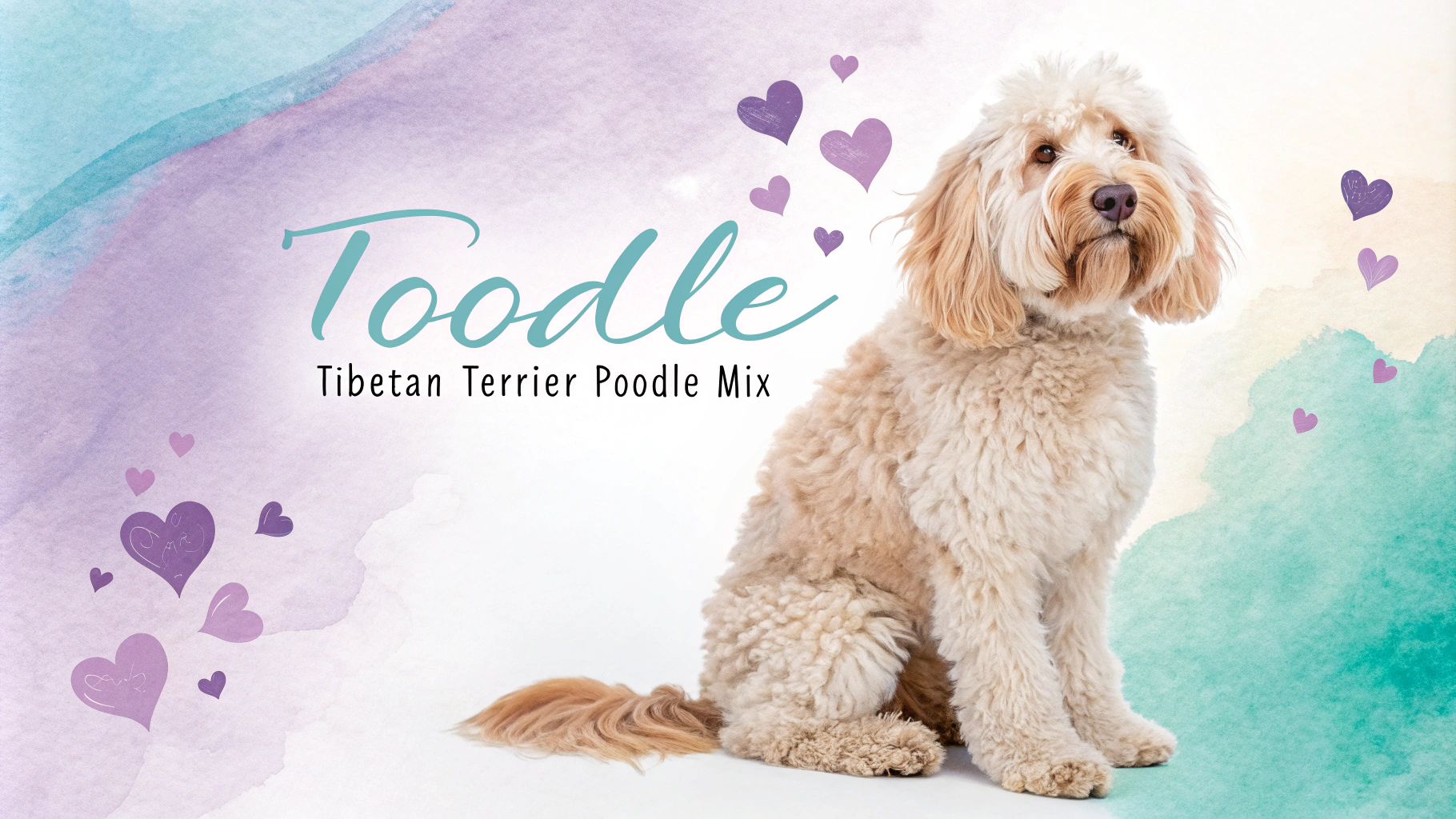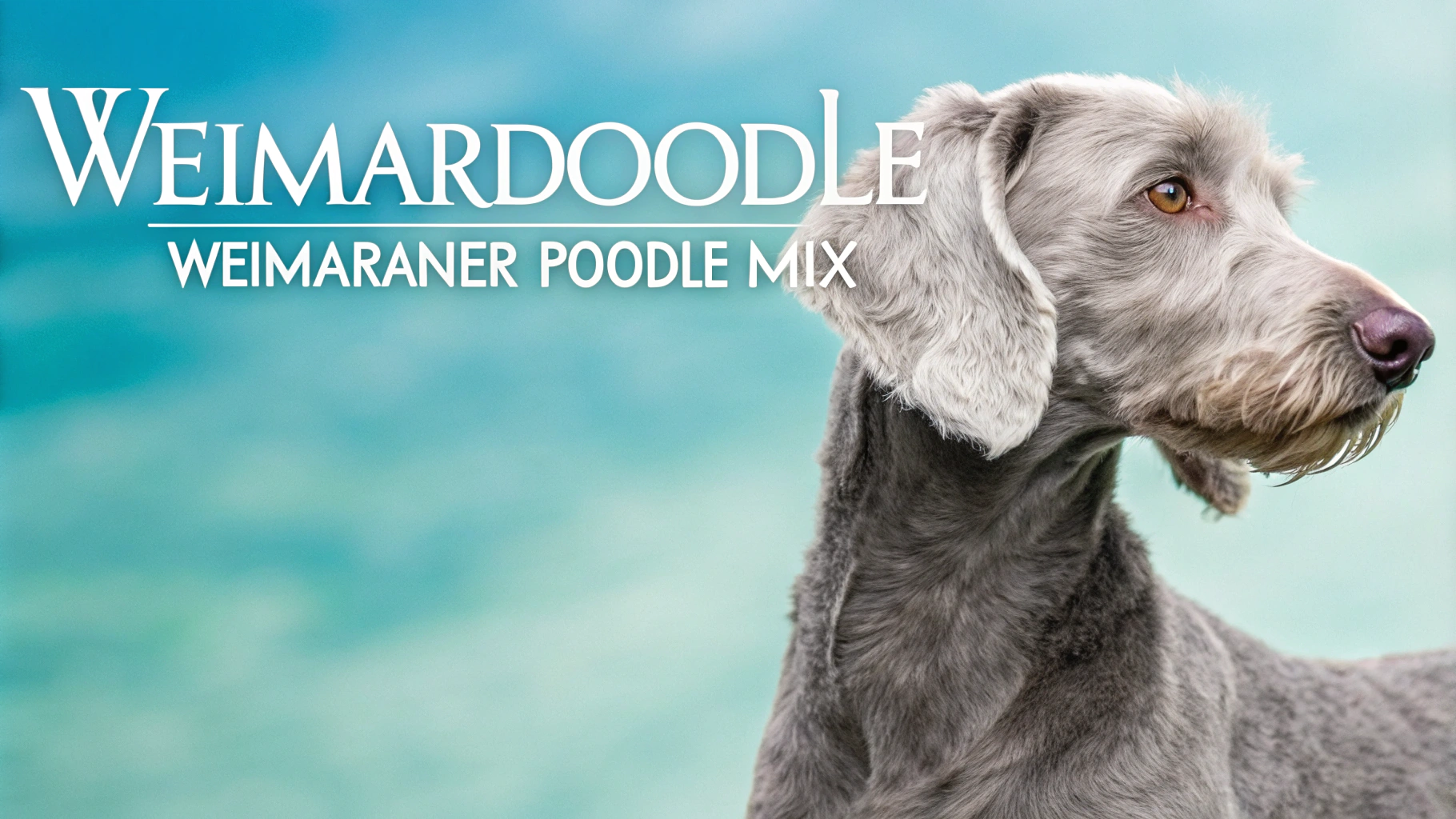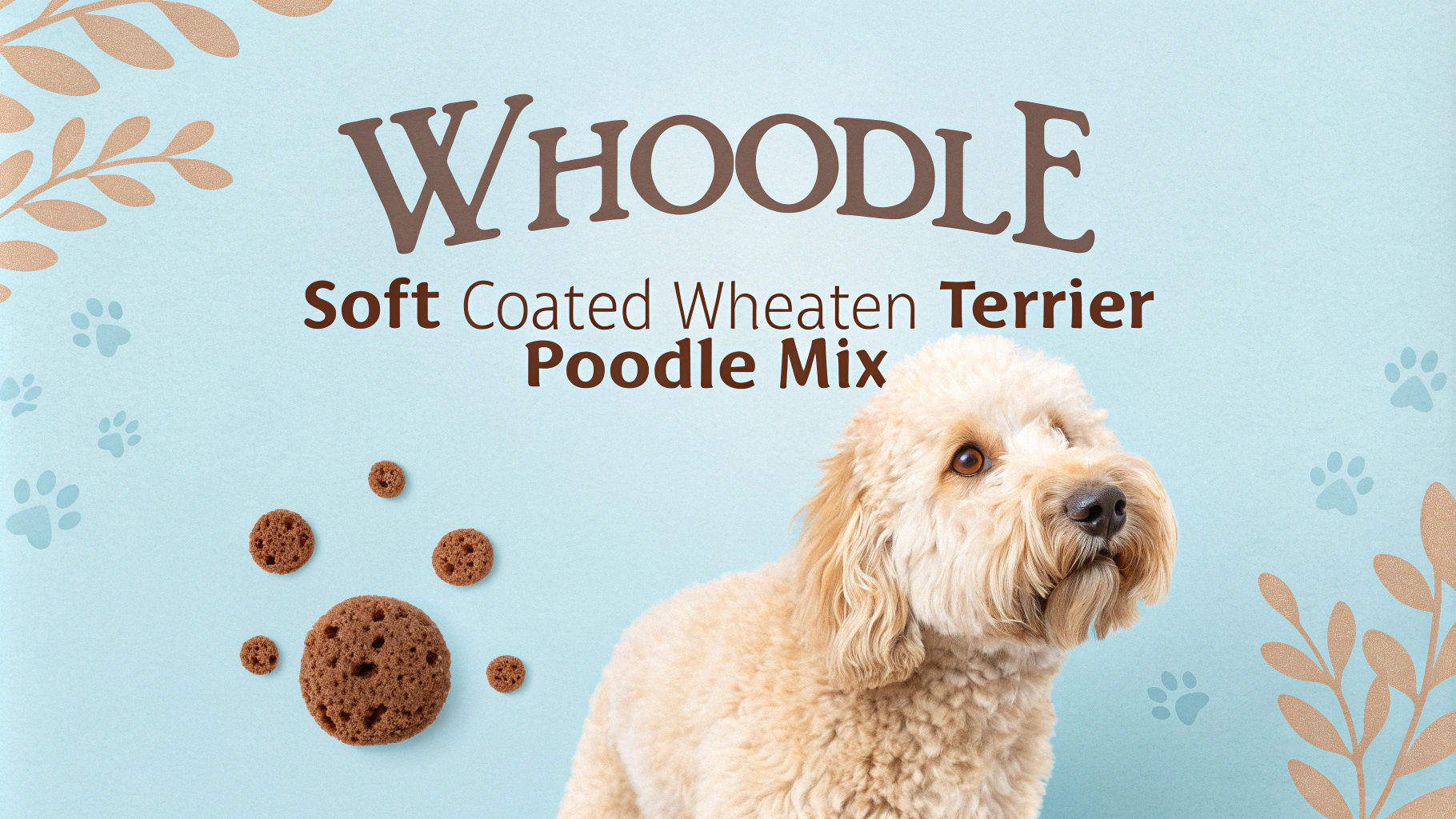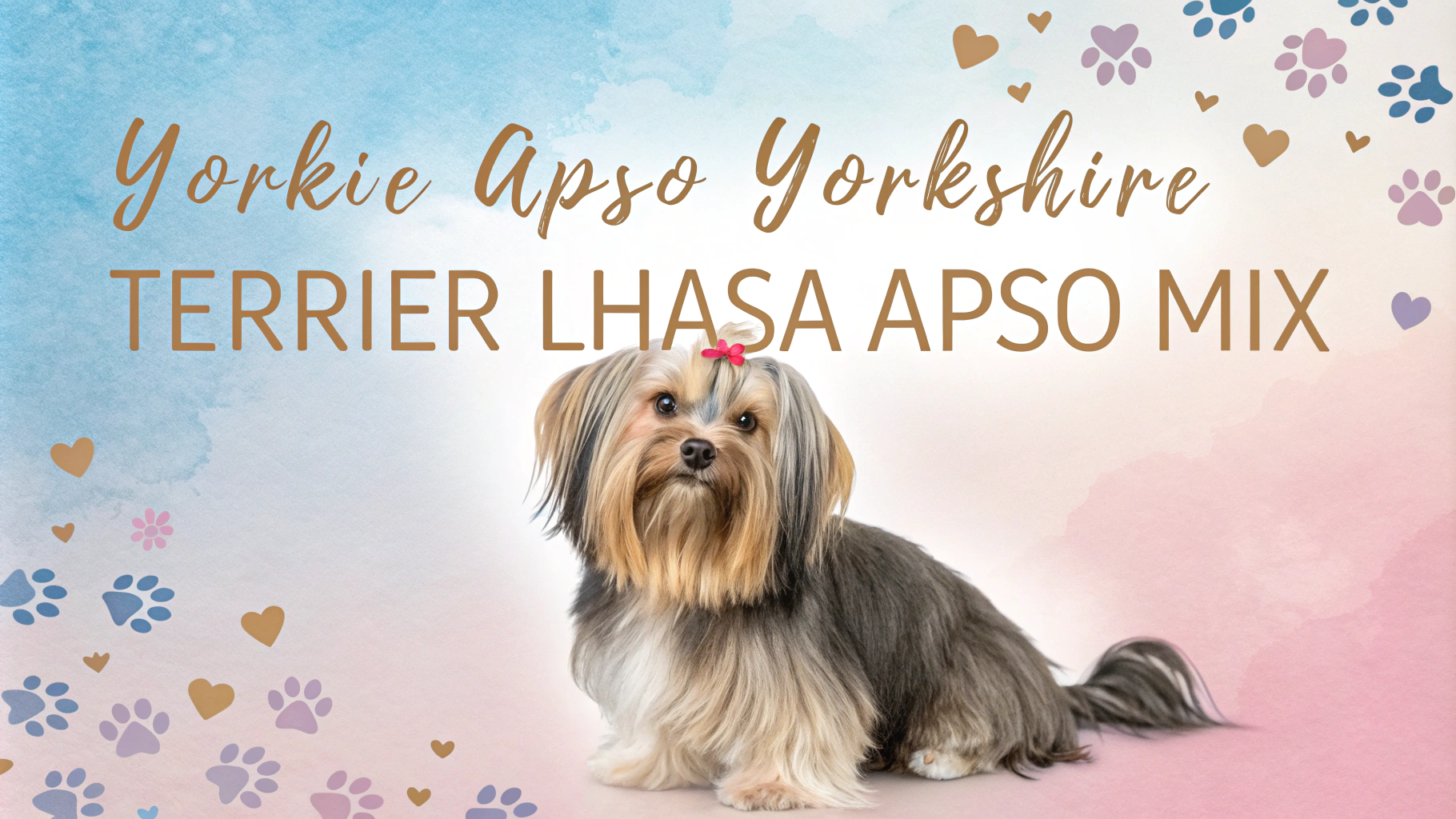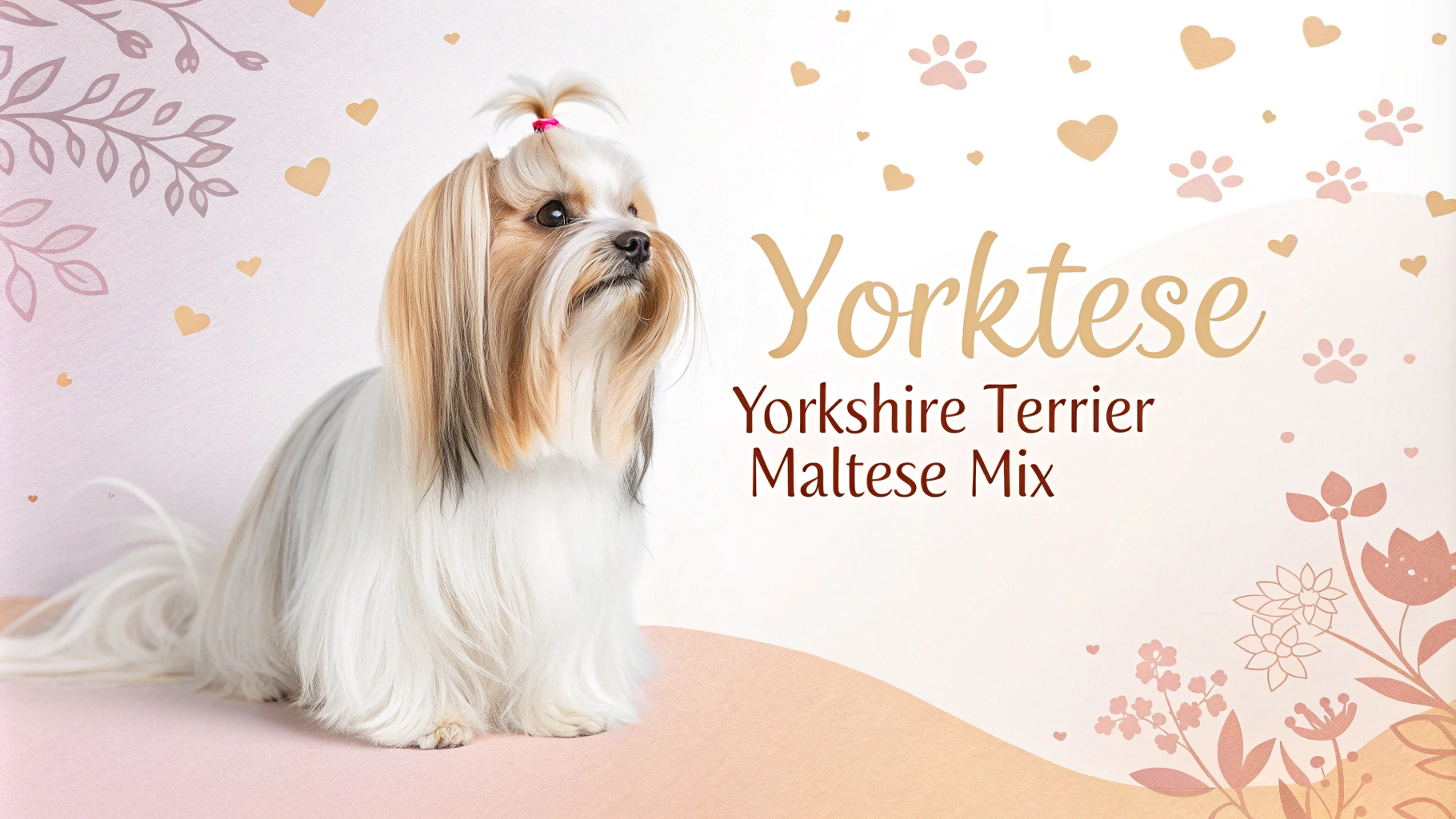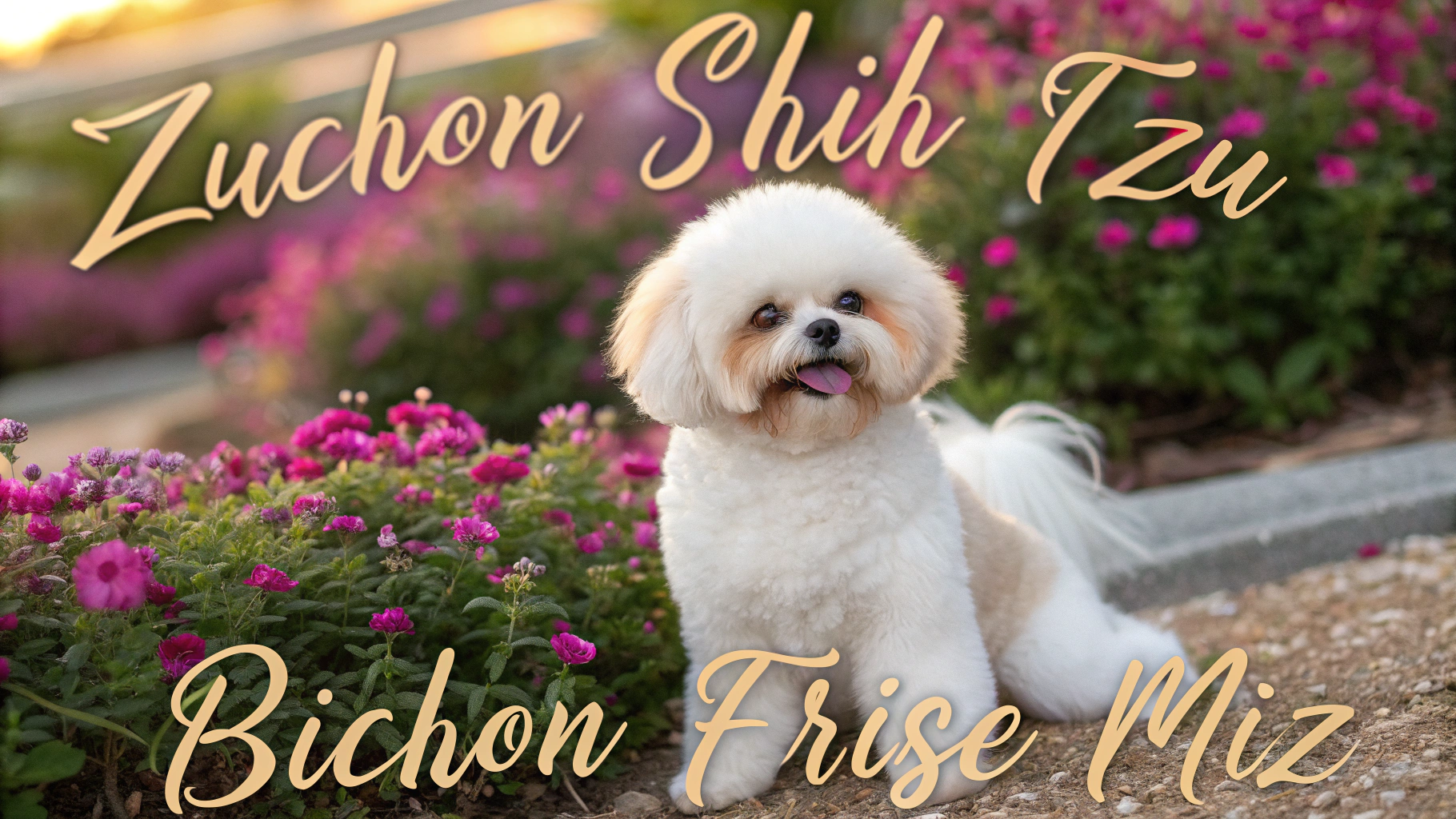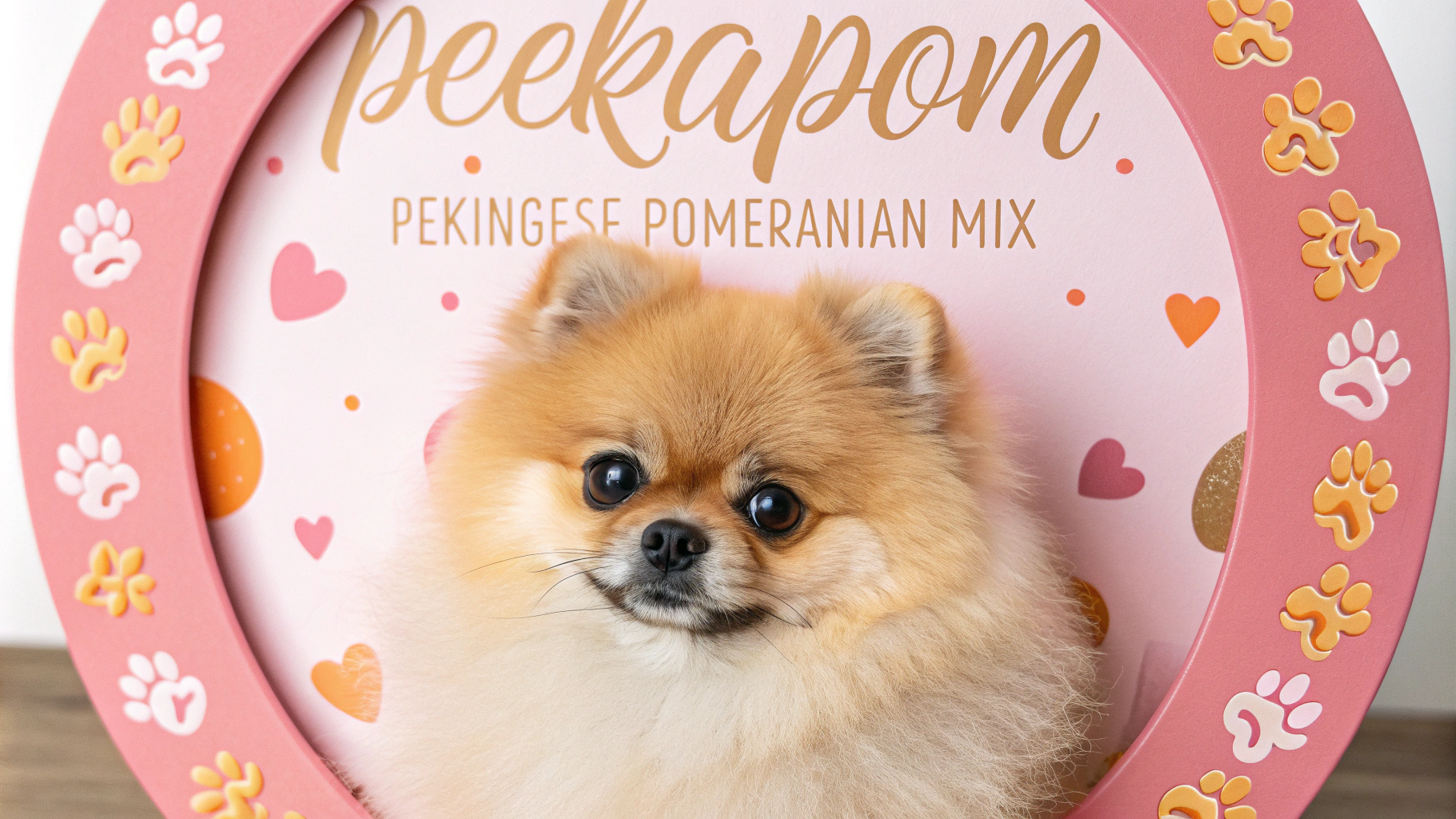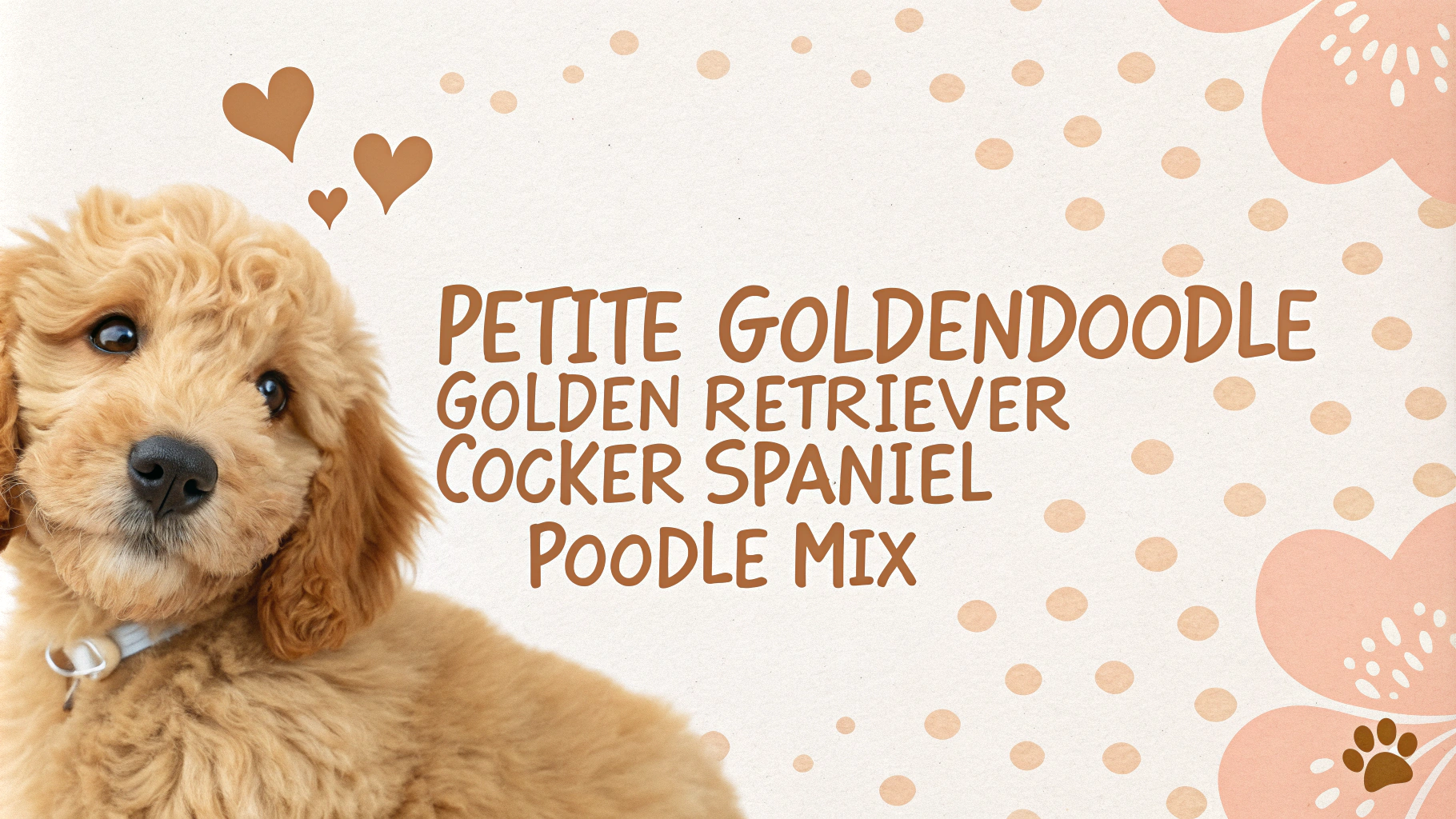The Jack-a-Poo is a charming mixed breed dog resulting from crossing a Jack Russell Terrier with a Poodle. This hybrid combines the intelligence and low-shedding coat of the Poodle with the energetic and playful nature of the Jack Russell Terrier. Jack-a-Poos are known for their lively personalities, keen intelligence, and adaptability, making them popular companions for active individuals and families.
Key Facts
- Size: Small to medium (10-16 inches tall, 13-25 pounds)
- Lifespan: 12-15 years
- Coat: Varies from short to medium length, often wavy or curly
- Colors: White, black, brown, or a combination
- Temperament: Intelligent, energetic, affectionate, and playful
- Good with: Families, singles, seniors (with proper exercise)
- Trainability: High, responds well to positive reinforcement
- Exercise needs: Moderate to high
- Grooming: Regular brushing and occasional professional grooming
Character Traits
Jack-a-Poos inherit a blend of personality traits from their parent breeds, resulting in a lively and affectionate companion. These dogs are known for their high intelligence, which they get from both the Poodle and Jack Russell Terrier. This makes them quick learners and excellent problem-solvers, but it also means they require mental stimulation to prevent boredom and potential destructive behaviors.
Jack-a-Poos are typically energetic and playful, always ready for a game or adventure. They often retain the Jack Russell’s tenacity and fearlessness, which can sometimes lead to a stubborn streak. However, this is balanced by the Poodle’s eagerness to please, making them generally responsive to training.
These mixed breed dogs are usually affectionate with their families and can form strong bonds with their owners. They tend to be good with children, especially when socialized from a young age. Jack-a-Poos may inherit the Poodle’s tendency to be somewhat aloof with strangers, or the Jack Russell’s more outgoing nature – individual personalities can vary.
Due to their terrier heritage, Jack-a-Poos often have a high prey drive and may chase smaller animals. This instinct can be managed with proper training and socialization, but it’s something potential owners should be aware of, especially if they have other small pets.
Jack-a-Poos are generally alert and make good watchdogs, often inheriting the Jack Russell’s tendency to bark at unfamiliar sights and sounds. While this can be a desirable trait for some, it may require management to prevent excessive barking.
History & Origins
The Jack-a-Poo is a relatively new mixed breed, part of the growing trend of “designer dogs” that began in the late 20th century. While the exact origins of the Jack-a-Poo are not well-documented, it’s likely that this mix began to gain popularity in the 1990s or early 2000s, alongside other Poodle crossbreeds.
To understand the Jack-a-Poo, it’s important to look at the histories of its parent breeds. The Jack Russell Terrier originated in England in the early 19th century, bred by Reverend John Russell for fox hunting. These dogs were prized for their energy, tenacity, and ability to chase foxes into their dens. The Poodle, despite its association with France, actually originated in Germany as a water retriever. Poodles were later bred in different sizes and became popular companion dogs known for their intelligence and hypoallergenic coats.
The breeding of Jack Russell Terriers with Poodles was likely motivated by the desire to create a dog that combined the Jack Russell’s energetic and playful nature with the Poodle’s intelligence and low-shedding coat. This mix also aimed to potentially reduce some of the more intense terrier traits and create a slightly calmer family pet.
It’s worth noting that as a mixed breed, Jack-a-Poos are not recognized by major kennel clubs like the American Kennel Club (AKC) or the United Kennel Club (UKC). However, they may be recognized by organizations that focus on mixed breeds, such as the Designer Dogs Kennel Club (DDKC) or the International Designer Canine Registry (IDCR).
Today, Jack-a-Poos continue to gain popularity as adaptable, intelligent, and affectionate companions, particularly suited to active individuals or families who can meet their exercise and mental stimulation needs.
Health Concerns
The Jack-a-Poo, like many mixed breeds, can inherit health issues from both parent breeds. Common concerns include:
- Eye problems: Progressive Retinal Atrophy (PRA) and cataracts
- Joint issues: Patellar luxation and hip dysplasia
- Skin allergies: Inherited from the Poodle side
- Legg-Calve-Perthes disease: A hip joint disorder
Regular veterinary check-ups, proper nutrition, and maintaining a healthy weight can help mitigate some of these risks. It’s also important to obtain health clearances from reputable breeders for both parent breeds.
Exercise Needs
Jack-a-Poos are energetic dogs that require regular exercise to maintain their physical and mental well-being. Aim for:
- 60-90 minutes of daily exercise
- A mix of walks, playtime, and mental stimulation activities
- Off-leash time in a secure area for running and exploring
These dogs excel in agility training, fetch, and interactive games. Without adequate exercise, they may develop destructive behaviors due to pent-up energy. Regular exercise also helps prevent obesity, which can exacerbate potential joint issues.
Space Requirements
Jack-a-Poos are adaptable dogs that can thrive in various living situations, including:
- Apartments or small homes with sufficient exercise
- Houses with small to medium-sized yards
- Urban or rural environments
While they don’t require extensive space, they do need a safe area to play and explore. A securely fenced yard is ideal but not essential if daily walks and outings are provided. Indoor living is suitable as long as they receive adequate exercise and mental stimulation.
Nutrition & Feeding
A balanced diet is crucial for maintaining the health and energy levels of Jack-a-Poos. Consider the following guidelines:
- High-quality, age-appropriate dog food (puppy, adult, senior)
- Portion control to prevent obesity
- 2-3 meals per day for adults, more frequent for puppies
- Fresh water available at all times
The exact amount of food depends on the dog’s size, age, and activity level. Consult with a veterinarian to determine the best diet plan. Avoid overfeeding, as Jack-a-Poos can be prone to weight gain. Treats should be given in moderation and account for no more than 10% of their daily caloric intake.
Grooming Tips
The Jack-a-Poo’s grooming needs can vary depending on which parent breed they take after more. If they inherit the Poodle’s coat, they may require more frequent grooming. Here are some essential grooming tips:
- Brushing: Brush your Jack-a-Poo’s coat 2-3 times a week to prevent matting and tangles. Use a slicker brush or a metal comb for best results.
- Bathing: Bathe your dog every 4-6 weeks or as needed. Use a mild dog shampoo to avoid skin irritation.
- Haircuts: If your Jack-a-Poo has a Poodle-like coat, they may need professional grooming every 6-8 weeks to maintain their coat.
- Nail trimming: Trim nails regularly, typically every 2-3 weeks, or when you hear them clicking on the floor.
- Ear cleaning: Check and clean ears weekly to prevent infections, especially if they have floppy Poodle-like ears.
- Dental care: Brush teeth 2-3 times a week to maintain good oral hygiene and prevent dental issues.
Always introduce grooming routines gradually and positively to ensure your Jack-a-Poo associates grooming with a pleasant experience.
Training Approach
Jack-a-Poos are intelligent dogs that typically respond well to training, thanks to the cleverness of both parent breeds. However, they can also inherit the Jack Russell Terrier’s stubborn streak, which may require patience during training. Here are some effective training approaches:
- Positive reinforcement: Use treats, praise, and toys to reward good behavior. This method is particularly effective for Jack-a-Poos.
- Early socialization: Expose your puppy to various people, animals, and environments from an early age to prevent fear or aggression issues.
- Consistency: Maintain consistent rules and commands to avoid confusion. Ensure all family members use the same training approach.
- Short training sessions: Keep training sessions brief (5-10 minutes) but frequent to match their attention span and high energy levels.
- Mental stimulation: Incorporate puzzle toys and training games to challenge their intelligent minds and prevent boredom.
- Leash training: Start leash training early to manage their potential to chase small animals, inherited from the Jack Russell Terrier side.
Remember that Jack-a-Poos may have a high prey drive, so reliable recall training is crucial. Always use patience and positive methods, avoiding harsh corrections that may lead to stubbornness or fear.
